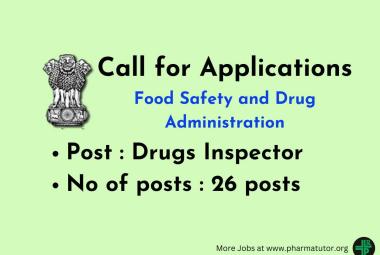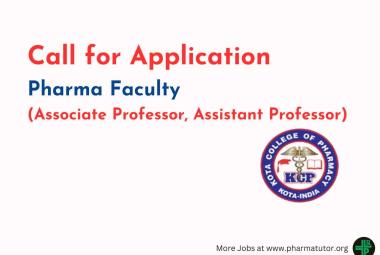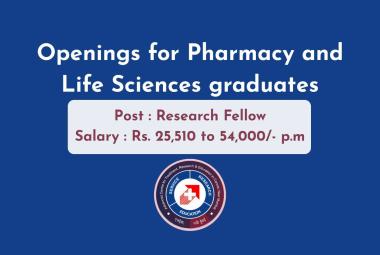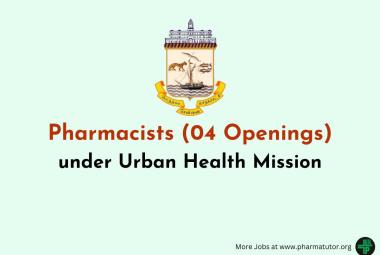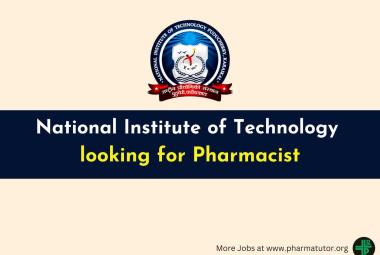Artificial intelligence and machine learning have the potential to fundamentally transform the delivery of health care. As technology and science advance, we can expect to see earlier disease detection, more accurate diagnosis, more targeted therapies and significant improvements in personalized medicine.
The ability of artificial intelligence and machine learning software to learn from real-world feedback and improve its performance is spurring innovation and leading to the development of novel medical devices.
Artificial intelligence algorithms are software that can learn from and act on data. These types of algorithms are already being used to aid in screening for diseases and to provide treatment recommendations. Last year, the FDA authorized an artificial intelligence based device for detecting diabetic retinopathy, an eye disease that can cause vision loss. The agency also authorized a second artificial intelligence based device for alerting providers of a potential stroke in patients.
The authorization of these technologies was a harbinger of progress that the FDA expects to see as more medical devices incorporate advanced artificial intelligence algorithms to improve their performance and safety. Artificial intelligence has helped transform industries like finance and manufacturing, and I’m confident that these technologies will have a profound and positive impact on health care. I can envision a world where, one day, artificial intelligence can help detect and treat challenging health problems, for example by recognizing the signs of disease well in advance of what we can do today. These tools can provide more time for intervention, identifying effective therapies and ultimately saving lives.
The artificial intelligence technologies granted marketing authorization and cleared by the agency so far are generally called “locked” algorithms that don’t continually adapt or learn every time the algorithm is used. These locked algorithms are modified by the manufacturer at intervals, which includes “training” of the algorithm using new data, followed by manual verification and validation of the updated algorithm. But there’s a great deal of promise beyond locked algorithms that’s ripe for application in the health care space, and which requires careful oversight to ensure the benefits of these advanced technologies outweigh the risks to patients. These machine learning algorithms that continually evolve, often called “adaptive” or “continuously learning” algorithms, don’t need manual modification to incorporate learning or updates. Adaptive algorithms can learn from new user data presented to the algorithm through real-world use. For example, an algorithm that detects breast cancer lesions on mammograms could learn to improve the confidence with which it identifies lesions as cancerous or may learn to identify specific subtypes of breast cancer by continually learning from real-world use and feedback.
A new approach to these technologies would address the need for the algorithms to learn and adapt when used in the real world. It would be a more tailored fit than our existing regulatory paradigm for software as a medical device. For traditional software as a medical device, when modifications are made that could significantly affect the safety or effectiveness of the device, a sponsor must make a submission demonstrating the safety and effectiveness of the modifications. Our ideas are the foundational first step to developing a total product lifecycle approach to regulating these algorithms that use real-world data to adapt and improve.
This first step in developing our approach outlines information specific to devices that include artificial intelligence algorithms that make real-world modifications that the agency might require for premarket review. They include the algorithm’s performance, the manufacturer’s plan for modifications and the ability of the manufacturer to manage and control risks of the modifications.
The goal of the framework is to assure that ongoing algorithm changes follow pre-specified performance objectives and change control plans, use a validation process that ensures improvements to the performance, safety and effectiveness of the artificial intelligence software, and includes real-world monitoring of performance once the device is on the market to ensure safety and effectiveness are maintained.
Our Software Precertification Pilot Program is allowing us to test a new approach for product review. While I know there are more steps to take in our regulation of artificial intelligence algorithms, the first step taken today will help promote ideas on the development of safe, beneficial and innovative medical products.


